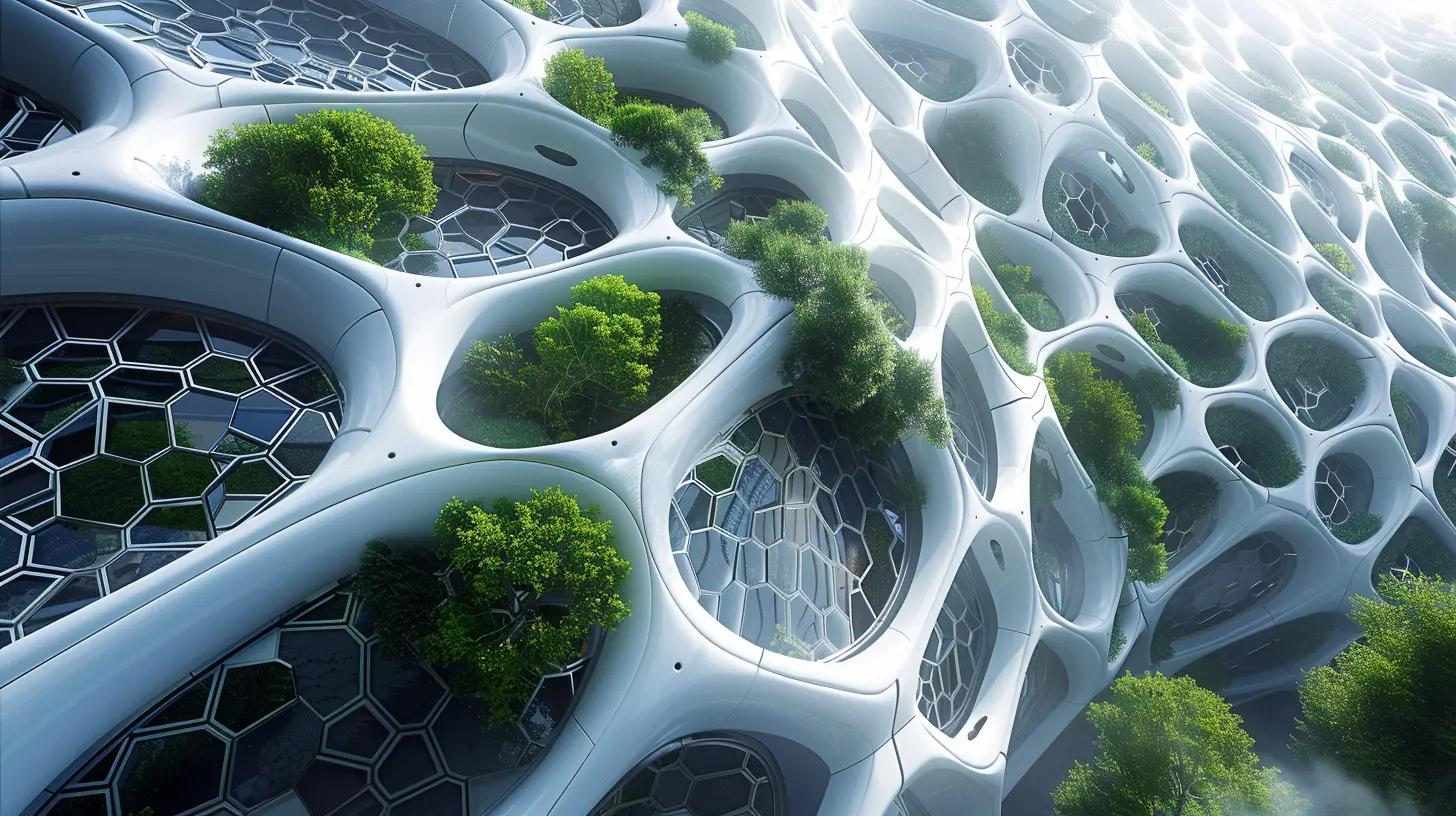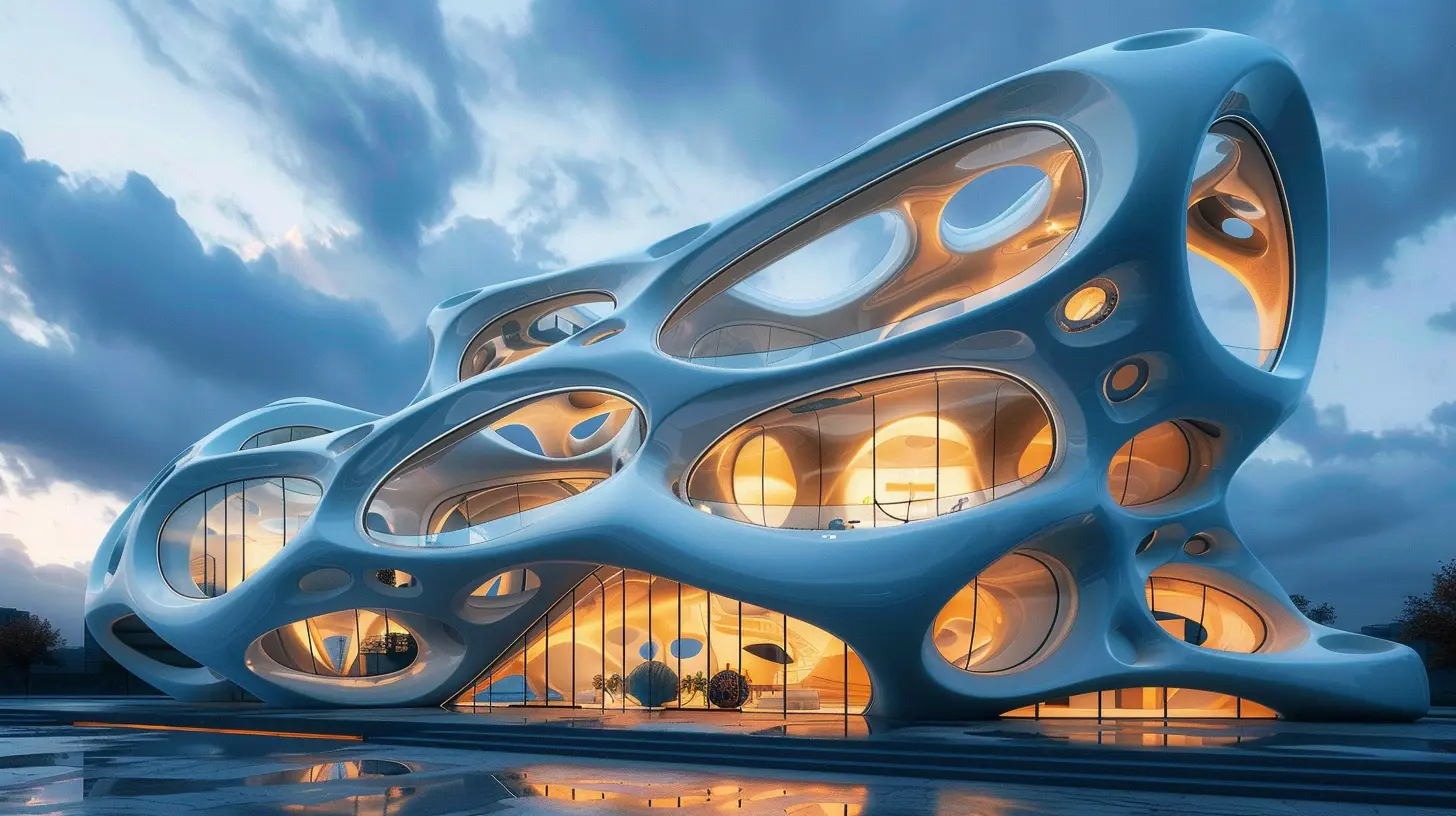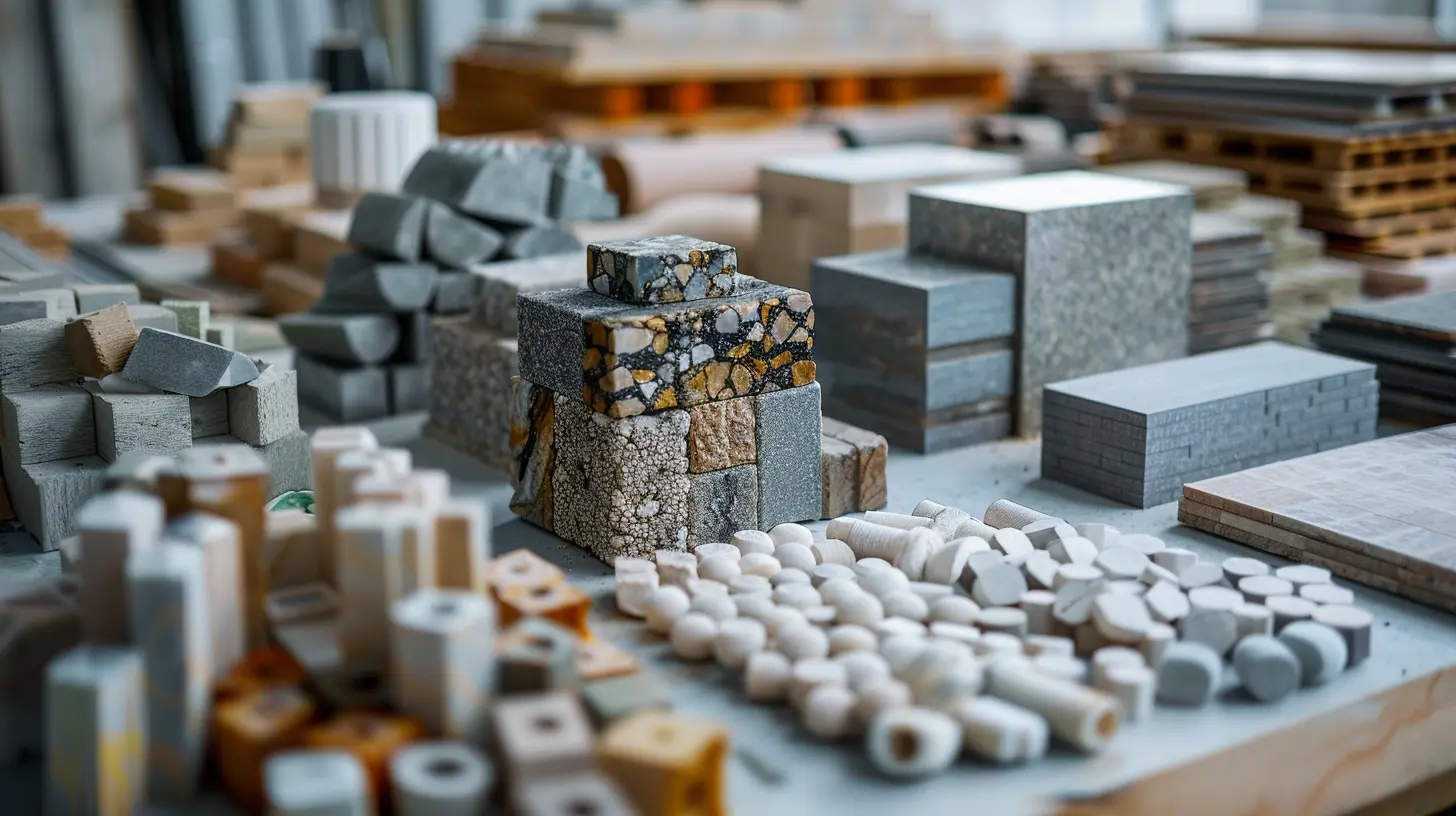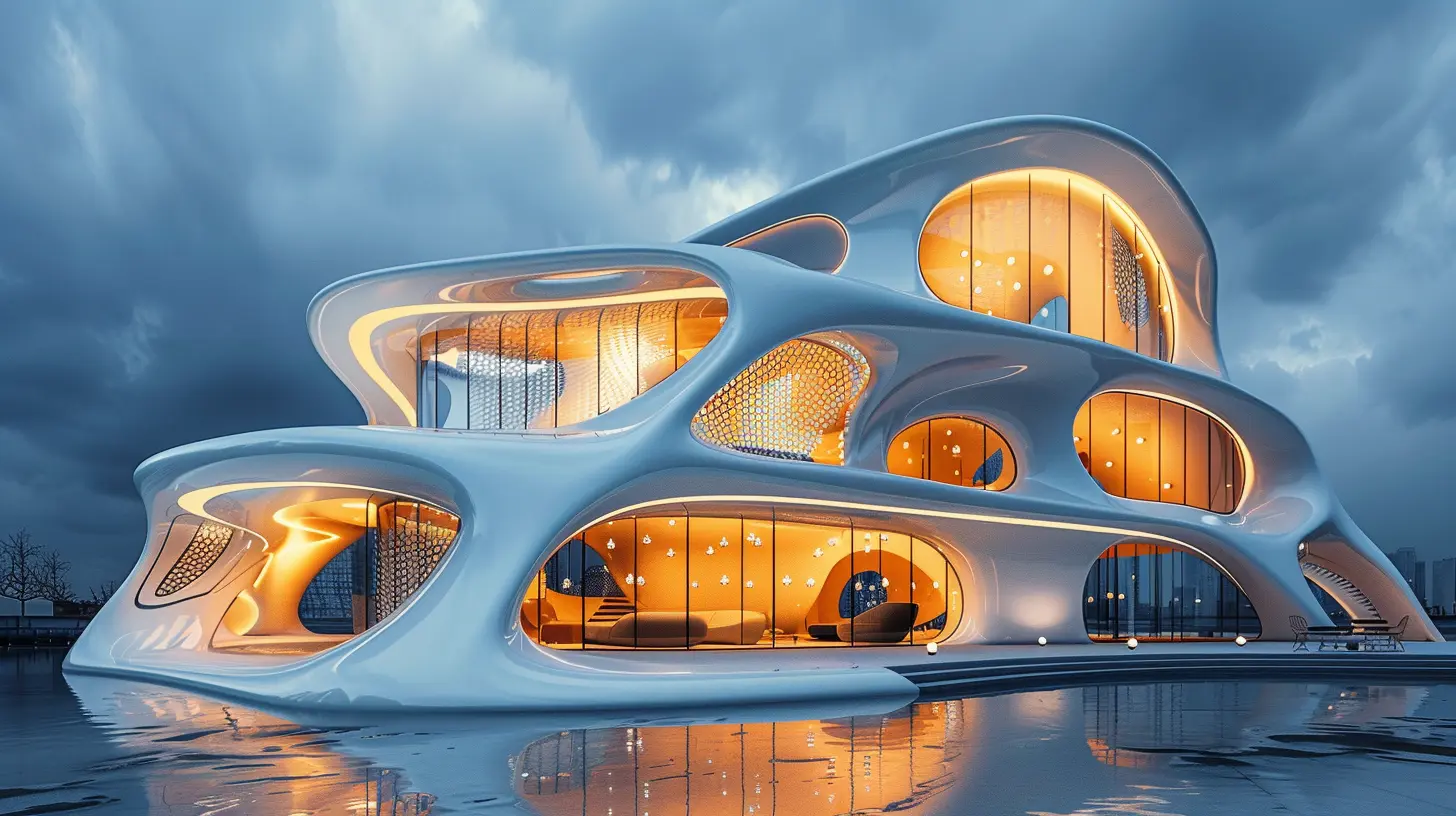The Role of Nanotechnology in Shaping the Future of Building Materials
9 July 2025
The construction industry is evolving, and one of the biggest game-changers on the horizon is nanotechnology. It might sound like something out of a sci-fi movie, but this advanced technology is reshaping how we build our homes, offices, and infrastructure.
From self-cleaning windows to ultra-strong concrete, nanotechnology is making buildings smarter, stronger, and more sustainable. But how exactly does it work, and what can we expect in the future? Let’s dive into this fascinating world and see how tiny particles are making a massive impact. 
What is Nanotechnology?
Before we jump into its role in construction, let’s break down what nanotechnology actually is.At its core, nanotechnology deals with materials at an atomic or molecular level—specifically at the nanoscale (that’s one billionth of a meter!). By manipulating materials at this tiny scale, scientists and engineers can enhance their properties in ways we never thought possible.
Imagine concrete that repairs its own cracks, paint that cleans the air, and glass that never gets dirty. Sounds amazing, right? Well, thanks to nanotechnology, these innovations aren’t just dreams—they're happening right now. 
Why Does Nanotechnology Matter in Construction?
In an industry that constantly seeks durability, efficiency, and sustainability, nanotechnology is a game-changer. Traditional building materials are often heavy, prone to wear and tear, and environmentally taxing. But with nanotechnology, these limitations can be overcome.Let’s look at some key benefits nanotechnology brings to construction materials:
1. Stronger and More Durable Materials
One of nanotechnology's biggest contributions is enhancing the strength and durability of materials.Take nano-enhanced concrete, for example. By adding nanoparticles like nano-silica or carbon nanotubes, we can make concrete:
- Stronger – It resists cracking and wear over time.
- More durable – It stands up better against harsh weather and heavy loads.
- Longer-lasting – Reducing maintenance costs and extending the lifespan of structures.
Think of it like adding reinforcements to a bridge—only on a microscopic level.
2. Self-Healing Materials
Wouldn’t it be amazing if roads, bridges, and buildings could repair themselves? Well, with nanotechnology, self-healing concrete is becoming a reality.How does it work? Special microcapsules filled with a healing agent are embedded in the concrete. When cracks appear, the capsules break open, releasing the agent that fills in the cracks—just like your skin heals a wound.
This could save billions in repair costs and significantly reduce construction waste.
3. Energy-Efficient Solutions
Nanotechnology is also helping buildings become more energy-efficient.Nanocoatings for Windows
Some special nanocoatings can make windows:- Self-cleaning – No more streaky glass!
- UV Resistant – Keeping interiors cool by blocking heat.
- Energy-Saving – Reducing the need for artificial lighting by enhancing transparency.
#
Aerogels: The Super Insulators
Nanotechnology has also introduced aerogels, which are ultra-lightweight yet extremely insulating materials.These “frozen smoke” materials help regulate indoor temperatures, reducing the need for excessive heating or cooling. Imagine insulation that’s lighter than a feather but stronger than steel—that’s aerogels for you!
4. Sustainable and Eco-Friendly Innovations
We all know the construction industry has a huge environmental footprint. But nanotechnology is paving the way for greener alternatives.For example, titanium dioxide nanoparticles can be added to paint or concrete to help absorb pollution—literally cleaning the air around buildings!
There’s even research on nano-enhanced wood that could replace traditional materials while being more sustainable and renewable.
5. Fire-Resistant and Waterproof Materials
Fire and water damage are some of the biggest threats to buildings. Luckily, nanotechnology has solutions for both.- Nano-based fireproof coatings can make materials more resistant to flames.
- Water-repellent surfaces prevent materials from absorbing moisture, reducing damage from mold and rot.
Imagine a future where fires spread more slowly and buildings stay dry even during extreme weather. That’s the power of nanotechnology! 
The Challenges and Future of Nanotechnology in Construction
Of course, no innovation is without its challenges. While the benefits are exciting, nanotechnology in construction still faces a few hurdles:- High costs – Advanced materials can be expensive to produce.
- Health and safety concerns – Since nanoparticles are tiny, their long-term effects on human health and the environment need more research.
- Scalability issues – Implementing nano-enhanced materials on a large scale is still a work in progress.
But like any new technology, these challenges are being tackled. As research advances and production costs decrease, nanotechnology will likely become a mainstream part of construction. 
The Future is Bright (and Tiny!)
So, where is nanotechnology heading? In the next few decades, we might see:- Buildings that generate their own energy using nanotech-infused solar panels.
- Concrete that lasts 100+ years without needing repairs.
- Ultra-lightweight skyscrapers built with super-strong nano-enhanced materials.
- Smart surfaces that can detect structural weaknesses before they become a problem.
The possibilities are mind-blowing, and we’re only scratching the surface.
One thing is clear: Nanotechnology is shaping the future of building materials, making them stronger, smarter, and more sustainable. And as science continues to push the boundaries, who knows? The buildings of tomorrow might be more futuristic than we ever imagined.
Final Thoughts
The construction industry is on the verge of a nanotech revolution. From self-healing concrete to fireproof coatings, nanotechnology unlocks a new era of durability, efficiency, and sustainability.While there are still challenges to overcome, one thing is certain—nanotechnology is here to stay. And as it becomes more affordable and accessible, it will transform the way we build, live, and interact with our environment.
So, the next time you walk past a towering skyscraper or step into a modern home, just think—there might be a whole world of nanotechnology at work beneath the surface!
all images in this post were generated using AI tools
Category:
Building MaterialsAuthor:

Travis Lozano
Discussion
rate this article
1 comments
Orion Kim
Thank you for sharing this insightful article! It's exciting to see how nanotechnology is revolutionizing building materials, enhancing sustainability and efficiency. This innovation holds great promise for the future of real estate and construction. Keep up the great work!
July 18, 2025 at 11:38 AM

Travis Lozano
Thank you for your kind words! I'm glad you found the article insightful and share my excitement about the potential of nanotechnology in construction.


